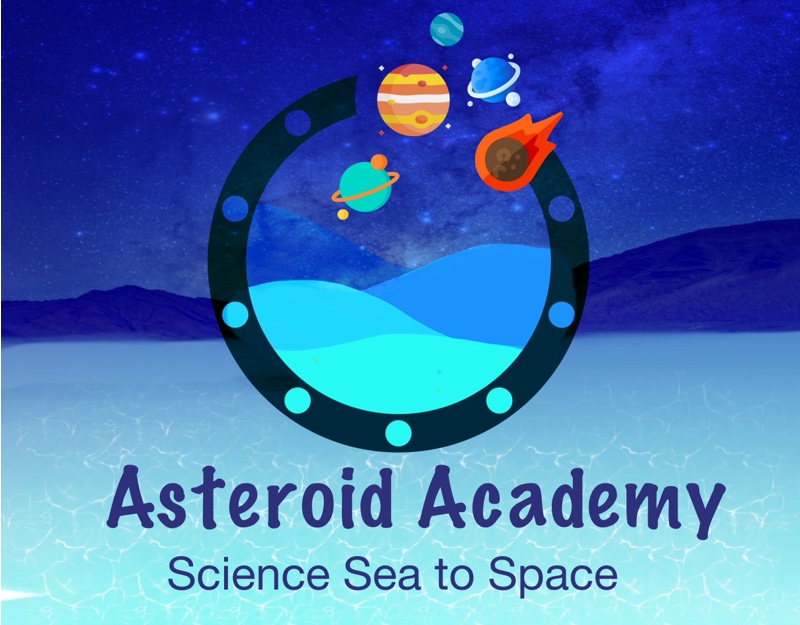Earth and Space
Building Blocks
1. Students should be able to describe the relationships between various celestial objects including moons, asteroids, comets, planets, stars, solar systems, galaxies and space.
2. Students should be able to explore a scientific model to illustrate the origin of the universe.
3. Students should be able to interpret data to compare the Earth with other planets and moons in the solar system, with respect to properties including mass, gravity, size, and composition.
Lessons
[ichcpt id=”230338″]
Blogs
[ichcpt id=”9075″]
Systems and Interactions
4. Students should be able to develop and use a model of the Earth-sun-moon system to describe predictable phenomena observable on Earth, including seasons, lunar phases, and eclipses of the sun and moon.
5. Students should be able to describe the cycling of matter, including that of carbon and water, associating it with biological and atmospheric phenomena.
Lessons
[ichcpt id=”243467″]
Blogs
Watch this space for upcoming links to relevant lessons and blog posts as we develop more exciting content!
Energy
6. Students should be able to research different energy sources; formulate and communicate an informed view of ways that current and future energy needs on Earth can be met.
Lessons
Check back later for links to materials that will help you reach these Learning Outcomes. We’ll be adding more materials throughout the year.
Blogs
[ichcpt id=”5941″]
Sustainability
7. Students should be able to illustrate how earth processes and human factors influence the Earth’s climate, evaluate effects of climate change and initiatives that attempt to address those effects.
8. Students should be able to examine some of the current hazards and benefits of space exploration and discuss the future role and implications of space exploration in society.
Lessons
[ichcpt id=”5947″]
Blogs
[ichcpt id=”5949″]
